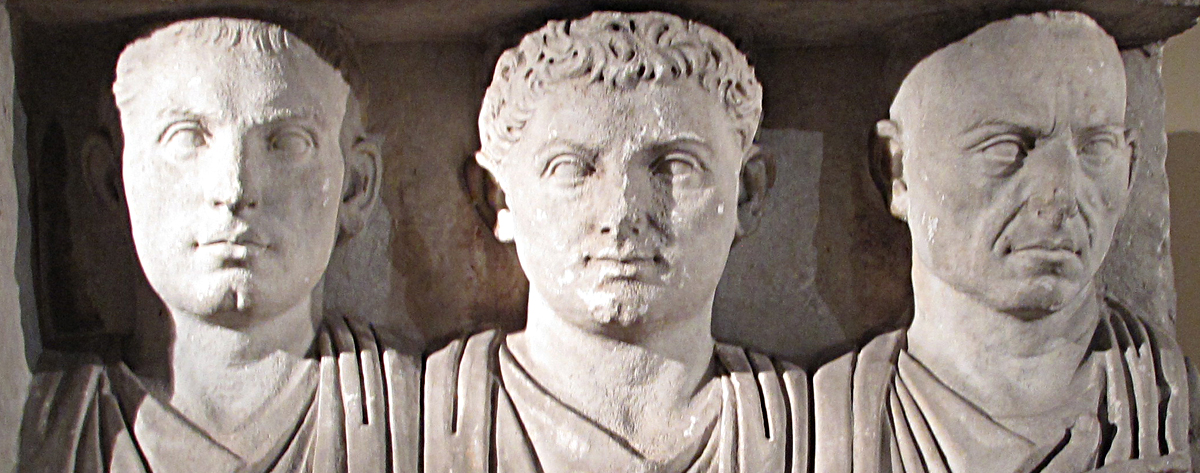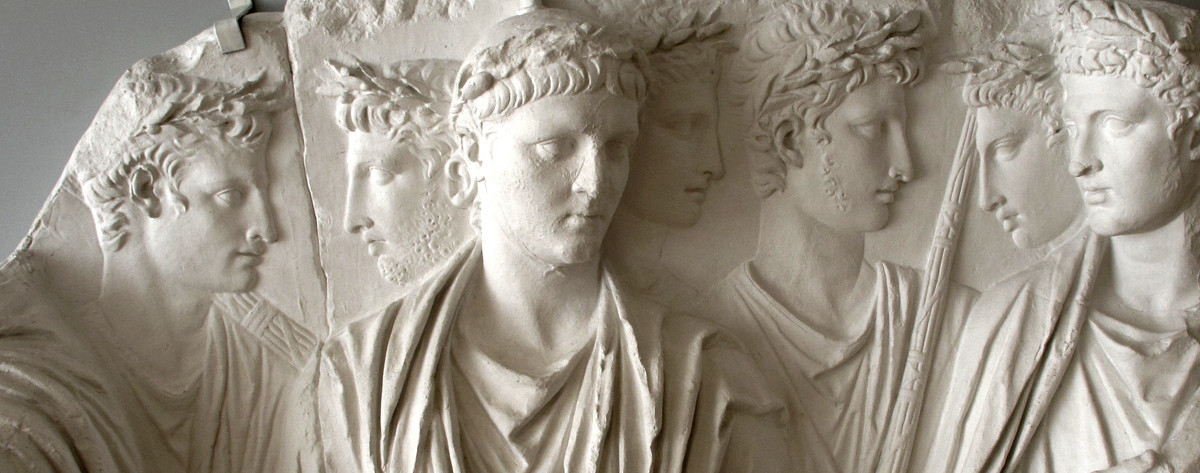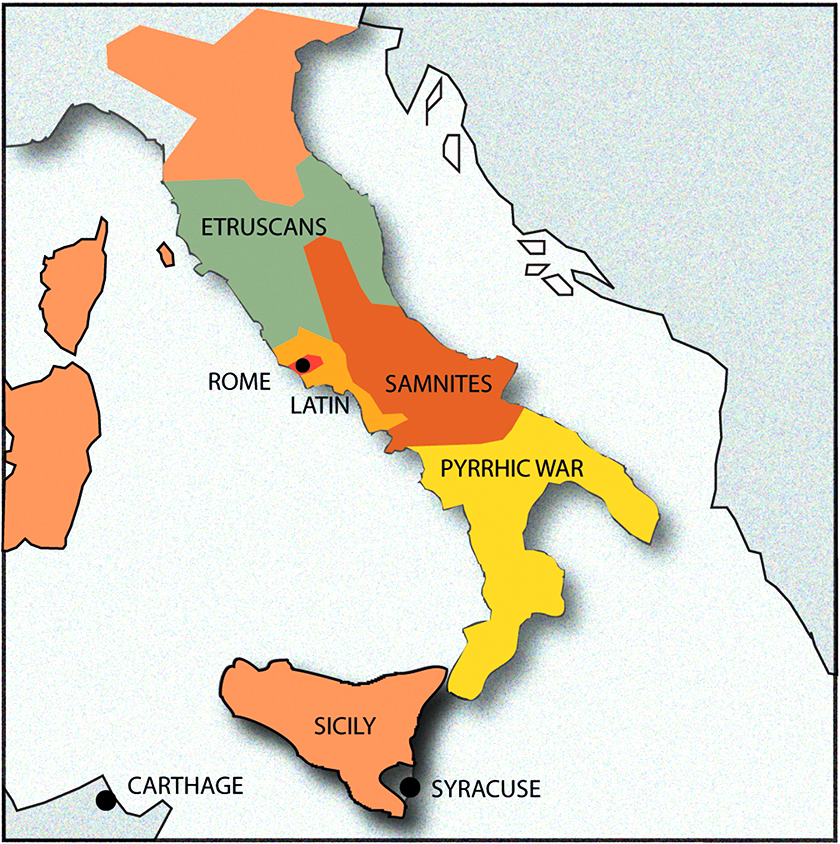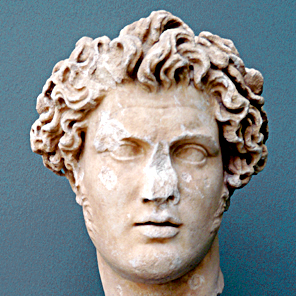The ROMAN CIVILIZATION
IMAGES OF THE ROMAN CIVILIZATION
THE ROMAN REPUBLIC
years of struggle & survilal to become masters of italy

A republican form of government. It began with the overthrow of the Roman monarchy, c. 509 BC, and lasted over 450 years until its subversion, through a series of civil wars, into the Principate form of government and the Imperial period.
The Roman Republic was governed by a complex constitution, which centered on the principles of a separation of powers and checks and balances. The evolution of the constitution was heavily influenced by the struggle between the aristocracy, or the patricians, and other talented Romans who were not from famous families, the plebeians. Early in its history, the republic was controlled by an aristocracy of individuals who could trace their ancestry back to the early history of the kingdom. Over time, the laws that allowed these individuals to dominate the government were repealed, and the result was the emergence of a new aristocracy which depended on the structure of society, rather than the law, to maintain its dominance. Thus, only a revolution could overthrow this new aristocracy.
During the first two centuries, the Republic saw its territory expand from central Italy to the entire Mediterranean world. In the next century, Rome grew to dominate North Africa, the Iberian Peninsula, Greece, and what is now southern France. During the last two centuries of the Roman Republic, it grew to dominate the rest of modern France, as well as much of the east. At this point, the republican political machinery was replaced with imperialism..


THE EARLY REPUBIC
510 BC Rome witnessed a revolt against the rule of the Etruscan kings. The traditional story goes as follows; Sextus, the son of king Tarquinius Superbus raped the wife of a nobleman, Tarquinius Collatinus. King Tarquinius' rule was already deeply unpopular with the people. This rape was too great an offence to be tolerated by the Roman nobles.
Lead by Lucius Iunius Brutus, they rose in revolt against the king. Brutus was the nephew of King Tarquin by marriage. Related he may have been to the king, but he had no reason to love him. Brutus was the son of Marcus, whose substantial wealth had been illegaly seized by King Tarquin at his death. Not only had Tarquin abused his power to steal Brutus' inheritence. Brutus' older brother had been murdered as part of the plot. Believed somewhat of a harmless fool, he had been ridiculed by Tarquin by being made second in command (Tribunus Celerum).It was after this revolt, that the senate handed power to two consuls, although at first they were called praetors (a title which later should come to be the name of a different office of the republic). These consuls each held power for one year, in which they ruled much like joint kings of Rome
Aided by the city of Veii, King Tarquinius in 509 BC sought to win back his city in battle, but failed. The battle saw the death Brutus, the founder of the Republic. With Brutus dead, it fell to his co-consul Publius Valerius Publicola to lead the Romans to victory. It was therefore he, who was the first ever Roman commander to lead his troops in triumph through Rome.
The first Roman republican wars
were wars of both expansion and defence, aimed at protecting Rome itself from neighbouringcities and nations and establishing its territory in the region.Initially, Rome's immediate neighbours were either Latin towns and villages, or else tribal Sabines from the Apennine hills beyond. One by one Rome defeated both the persistent Sabines and the local cities that were either under Etruscan control or else Latin towns that had cast off their Etruscan rulers.Rome defeated Latin cities in the Battle of Lake Regillus in 496 BC, the Battle of Mons Algidus in 458 BC, the Battle of Corbione in 446 BC, the Battle of Aricia, and an Etruscan city in the Battle of the Cremera in 477 BC,
Rome's Early Italian Campaigns by the end of this period, Rome had effectively completed the conquest of their immediate Etruscan and Latin neighbours, as well as secured their position against the immediate threat posed by the tribespeople of the nearby Apennine hills.
Celtic invasion of Italia (390–387 BC)
Roman-Gallic WarsBy 390 BC, several Gallic tribes had begun invading Italy from the north as their culture expanded throughout Europe. The Romans were alerted of this when a particularly warlike tribe[133] invaded two Etruscan towns from the north. These two towns were not far from Rome's sphere of influence. These towns, overwhelmed by the size of the enemy in numbers and ferocity, called on Rome for help. The Romans met them in pitched battle at the Battle of Allia River around 390–387 BC. The Gauls, under their chieftain Brennus, defeated the Roman army of around 15,000 troops and proceeded to pursue the fleeing Romans back to Rome itself and sacked the city[134] before being either driven off or bought off. Now that the Romans and Gauls had bloodied one another, intermittent warfare was to continue between the two in Italy for more than two centuries. The Celtic problem would not be resolved for Rome until the final subjugation of all Gaul by Julius Caesar at the Battle of Alesia in 52 BC.
Ancient unification of Italy Samnite Wars
After recovering surprisingly swiftly from the sack of Rome, the Romans immediately resumed their expansion within Italy. Despite their successes so far, their mastery of the whole of Italy was by no means assured at this point: the Samnites were a people just as martial and as rich as the Romans and with an objective of their own of securing more lands in the fertile Italian plains on which Rome itself lay. The city of Capua and the surrounding regions of Campania had meanwhile been sufferingfrom raids from Samnite tribes who had descended from the neighboring hills in search of land to satisfy their increasing population. In 343 BC, Capua appealed to Rome for help in dealing with the Samnite threat. In what became known as the First Samnite War (343 - 341 BC), Rome came to the aid of the Campanian cities but instead suffered defeat at the hands of the Samnites.
Fearing that Rome was growing too powerful, Capua and the Campanians soon changed their mind about an alliance with Rome and instead joined with other Latin cities in resisting Rome's bid for control over northern and central Italy. Rome had at first been considered more or less an equal partner in the Latin League. Although one of its most powerful members, eventually Rome began to treat the other member city - states as inferiors.withdraw from the war before they could pursue the conflict further due to the revolt of several of their Latin allies in the Latin War.
Rome was therefore forced to contend by around 340 BC against both Samnite incursions into their territory and, simultaneously, in a bitter war against their former allies. Rome bested the Latins in the Battle of Vesuvius and again in the Battle of Trifanum, after which the Latin cities were obliged to submit to Roman rule. Perhaps due to Rome's lenient treatment of their defeated foe, the Latins submitted largely amicably to Roman rule for the next 200 years.
The Second Samnite War, from 327 BC to 304 BC, was a much longer and more serious affair for both the Romans and Samnites, running for over twenty years and incorporating twenty-four battles that led to massive casualties on both sides. The fortunes of the two sides fluctuated throughout its course: the Samnites seized Neapolis in the Capture of Neapolis in 327 BC, which the Romans then re-captured before losing at the Battle of the Caudine Forks and the Battle of Lautulae. The Romans then proved victorious at the Battle of Bovianum and the tide turned strongly against the Samnites from 314 BC onwards, leading them to sue for peace with progressively less generous terms. By 304 BC the Romans had effectively annexed the greater degree of the Samnite territory, founding several colonies. This pattern of meeting aggression in force and almost inadvertently gaining territory in strategic counter-attacks was to become a common feature of Roman military history.
Seven years after their defeat, with Roman dominance of the area looking assured, the Samnites rose again and defeated the Romans at the Battle of Camerinum in 298 BC, to open the Third Samnite War. With this success in hand they managed to bring together a coalition of several previous enemies of Rome, all of whom were probably keen to prevent any one faction dominating the entire region. The army that faced the Romans at the Battle of Sentinum in 295 BC therefore included Samnites, Gauls, Etruscans and Umbrians. When the Roman army won a convincing victory over these combined forces it must have become clear that little could prevent Roman dominance of Italy. In the Battle of Populonia in 282 BC Rome finished off the last vestiges of Etruscan power in the region.
Pyrrhic War (280–275 BC)
Pyrrhus ruler of Epirus
BACK TO THE TOP
Pyrrhic War by the beginning of the 3rd century, Rome had established itself in 282 BC as a major power on the Italian Peninsula, but had not yet come into conflict with the dominant military powers in the Mediterranean at the time: Carthage and the Greek kingdoms. Rome had all but completely defeated the Samnites, mastered its fellow Latin towns, and greatly reduced Etruscan power in the region. However, the south of Italy was controlled by the Greek colonies of Magna Grecia who had been allied to the Samnites, and continued Roman expansion brought the two into inevitable conflict.
In the naval Battle of Thurii,Tarentum appealed for military aid to Pyrrhus, ruler of Epirus. Motivated by his diplomatic obligations to Tarentum, and a personal desire for military accomplishment, Pyrrhus landed a Greek army of some 25,000 men and a contingent of war elephants on Italian soil in 280 BC, where his forces were joined by some Greek colonists and a portion of the Samnites who revolted against Roman control.
The Roman army had not yet seen elephants in battle, and their inexperience turned the tide in Pyrrhus' favour at the Battle of Heraclea in 280 BC, and again at the Battle of Ausculum in 279 BC. Despite these victories, Pyrrhus found his position in Italy untenable. Rome steadfastly refused to negotiate with Pyrrhus as long as his army remained in Italy. Furthermore, Rome entered into a treaty of support with Carthage, and Pyrrhus found that despite his expectations, none of the other Italic peoples would defect to the Greek and Samnite cause. Facing unacceptably heavy losses with each encounter with the Roman army, and failing to find further allies in Italy, Pyrrhus withdrew from the peninsula and campaigned in Sicily against Carthage, abandoning his allies to deal with the Romans.
When his Sicilian campaign was also ultimately a failure, and at the request of his Italian allies, Pyrrhus returned to Italy to face Rome once more. In 275 BC, Pyrrhus again met the Roman army at the Battle of Beneventum. This time the Romans had devised methods to deal with the war elephants, including the use of javelins, fire and, one source claims, simply hitting the elephants heavily on the head. While Beneventum was indecisive, Pyrrhus realised that his army had been exhausted and reduced by years of foreign campaigns, and seeing little hope for further gains, he withdrew completely from Italy.
The conflicts with Pyrrhus would have a great effect on Rome, however. Rome had shown that it was capable of pitting its armies successfully against the dominant military powers of the Mediterranean, and further showed that the Greek kingdoms were incapable of defending their colonies in Italy and abroad. Rome quickly moved into southern Italia, subjugating and dividing Magna Grecia. Effectively dominating the Italian peninsula, and with a proven international military reputation, Rome now began to look outwards at expansion from the Italian mainland. Since the Alps formed a natural barrier to the north, and Rome was none too keen to meet the fierce Gauls in battle once more, the city's gaze turned to Sicily and the islands of the Mediterranean, a policy that would bring it into direct conflict with its former ally Carthage.

THE ROMAN EXPANSION
500 BC, to 290 BC



 AFTER THE LATIN WAR
AFTER THE LATIN WAR AFTER THE THIRD SAMNITE WAR
AFTER THE THIRD SAMNITE WAR AFTER THE PYRRHIC WAR
AFTER THE PYRRHIC WAR
 AFTER THE FIRST PUNIC WAR
AFTER THE FIRST PUNIC WAR